They thought COVID-19 was a hoax, until they fell ill
Ruben Mata, a fitness trainer in Stanton, California, who has traveled the world as a motivational speaker, was adamant in the early days of the epidemic that the coronavirus was not real. Most of what he had heard about the virus he’d gleaned from his friends at the gym he attended religiously, even as the pandemic raged across the U.S. But just a couple of weeks after the Trump administration declared a national emergency on March 13, Mata, 53, was diagnosed with COVID-19. He subsequently spent five days in a medically induced coma; at one point he was given less than a 40 percent chance of survival. Now he wants others to learn from his missteps.
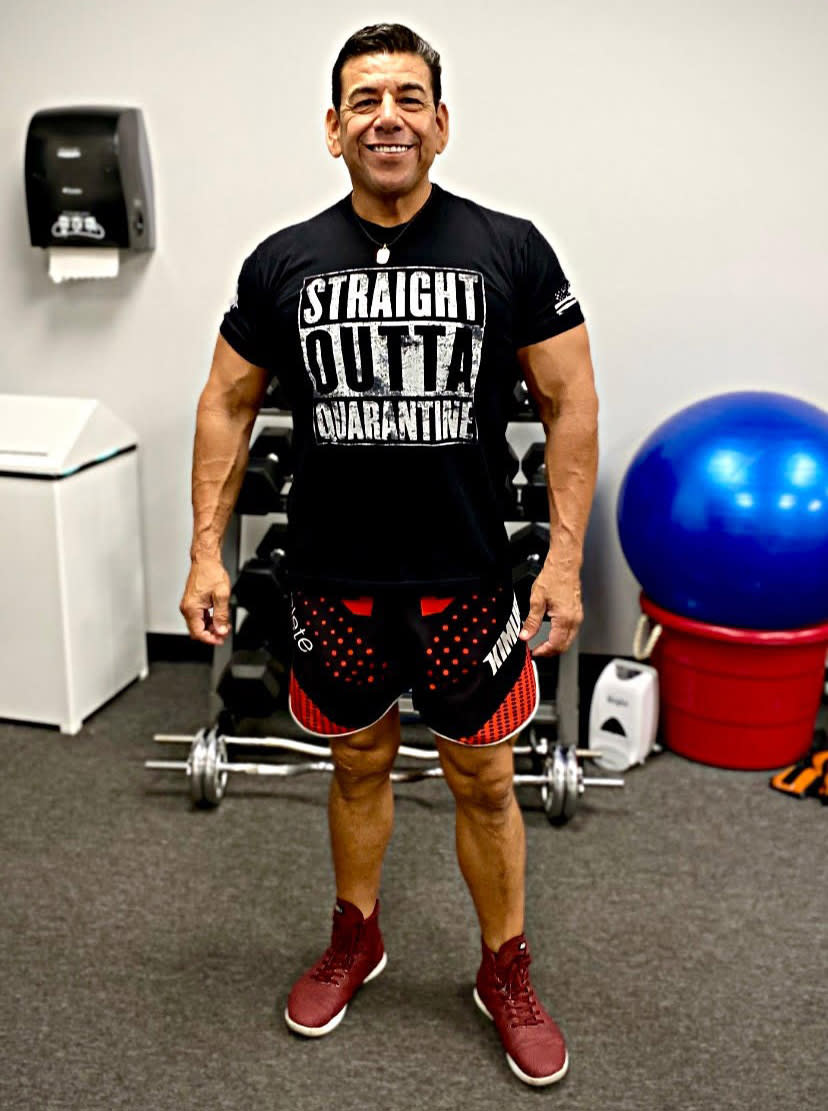
“Before I contracted it I thought, ‘It’s just made up, it’s all fabricated’,” Mata told NBC News “Global Hangout” this week, adding that he figured his six-day-a-week gym habit and healthy eating regimen would spare him even if it did exist. “That’s what prevented me from getting help sooner, when it went really bad.”
Mata is not alone.
Eight months into a global pandemic that has infected more than 18 million people and killed more than 700,000 people worldwide, there are still those who are deeply skeptical about the dangers the virus poses. Others simply don’t believe it exists at all. One recent Pew Research Center poll found that, between late April and early June, the proportion of Americans who said the coronavirus pandemic had been exaggerated had increased from 3 in 10 to nearly 4 in 10. An earlier poll conducted by Survey 160 and Gradient Metrics indicated that Fox News watchers were more likely to believe that the threat of the virus had been overblown. And in recent weeks, there have been reports of Americans on their deathbeds confessing they thought the virus was a hoax.
It all underscores the enormous information battle that’s running concurrently with the war againstCOVID-19. Though the news is filled with stories of death, lockdown and quarantines, President Donald Trump continues to paint a rosy outlook about the nation’s handling of the virus and to downplay its severity. This week, Facebook and Twitter removed videos posted by the Trump campaign’s social media accounts that the two companies said contained misinformation about the coronavirus. The offending video included a clip from Fox News on which the president erroneously claimed that children were “almost immune” to the virus. Coronavirus, like the debate about vaccines, has become political.
That polarization is exacerbated by another issue: where Americans get their information. An analysis conducted from October 2019 to June by the Pew Research Center found that 55 percent of adults in the U.S. “often” or “sometimes” get their news from social media. That reliance on social media has been a concern for years.
With COVID-19, public health experts trying to keep Americans informed say social media simply cannot be one’s sole source of information.
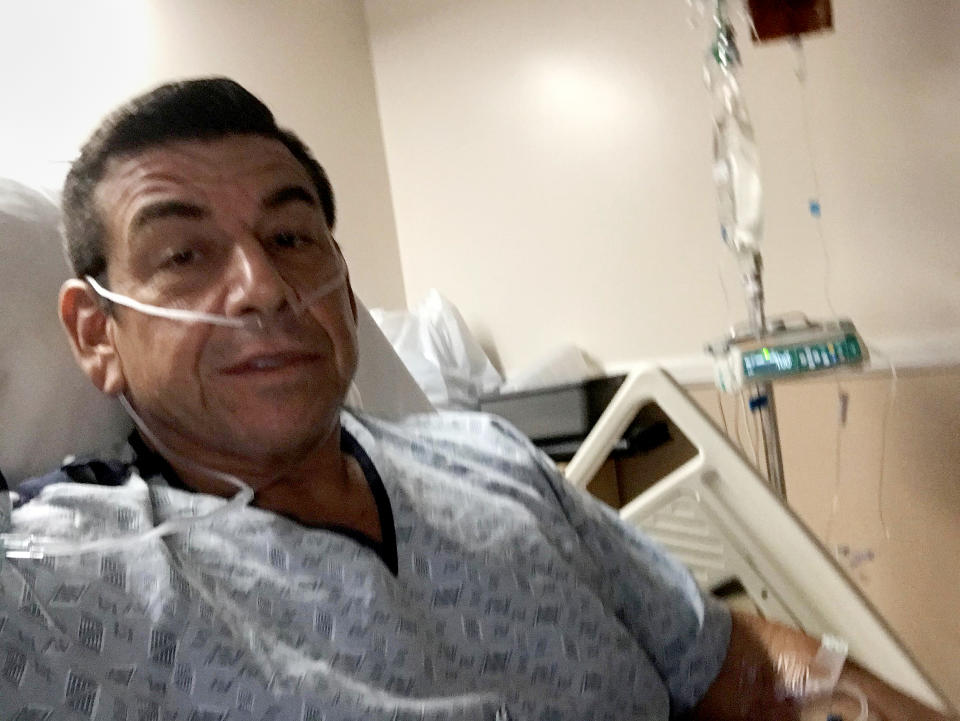
“You must look beyond your social bubble to get better information and verification,” said Lindsey Leininger, a public health educator and researcher at Dartmouth’s Tuck School of Business in Hanover, New Hampshire. “Our brains are bad at decision-making under uncertainty. So the way we can best protect ourselves is to trust our social networks, but verify with news sources.”
In June, long after the virus' hold on most of the U.S. had been widely reported, Tony Green, 43, held a small family gathering at his home in Dallas. He had been getting frustrated by state and federal government guidance about social distancing. “It’s family. You know we haven't seen each other in a few months, and to think that you can’t embrace each other, hug my mum? Give me a break. Of course I’m going to hug her,” Green said.
Green, a self-identified gay conservative, quickly regretted the get-together. Just days later, 14 members of his family had fallen ill with the coronavirus. His partner’s grandmother died. Green himself was hospitalized, his central nervous system attacked by the virus, his bed in the ICU just one floor below his father-in-law, Rafael Ceja. Ceja remains on life support, almost two months after the gathering.
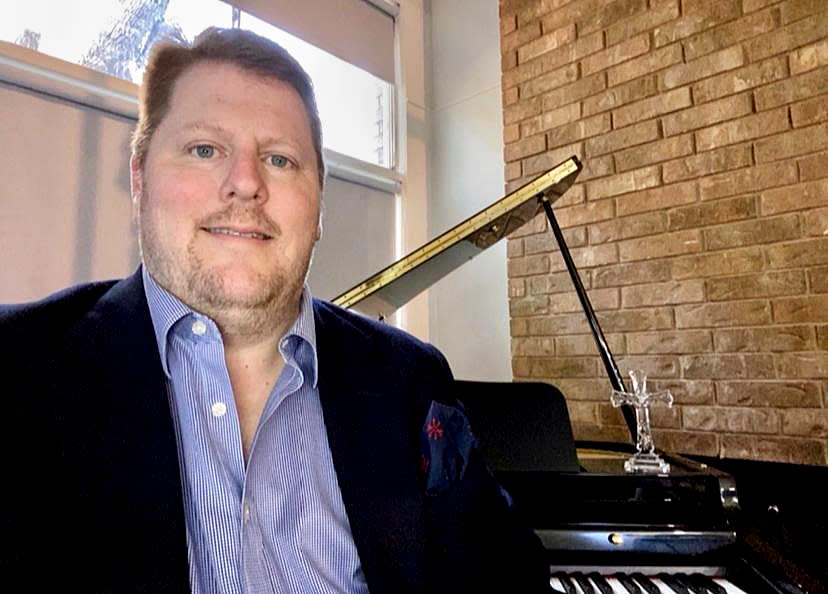
“I really want to put some of the blame on the federal government and President Trump, who I actually voted for back in 2016,” Green said. “I think that he has really failed to lead in this area because he’s not really not practicing the social distancing and the mask, and he’s downplaying the severity of it. I mean, I'm sitting here and I'm listening to my leader.”
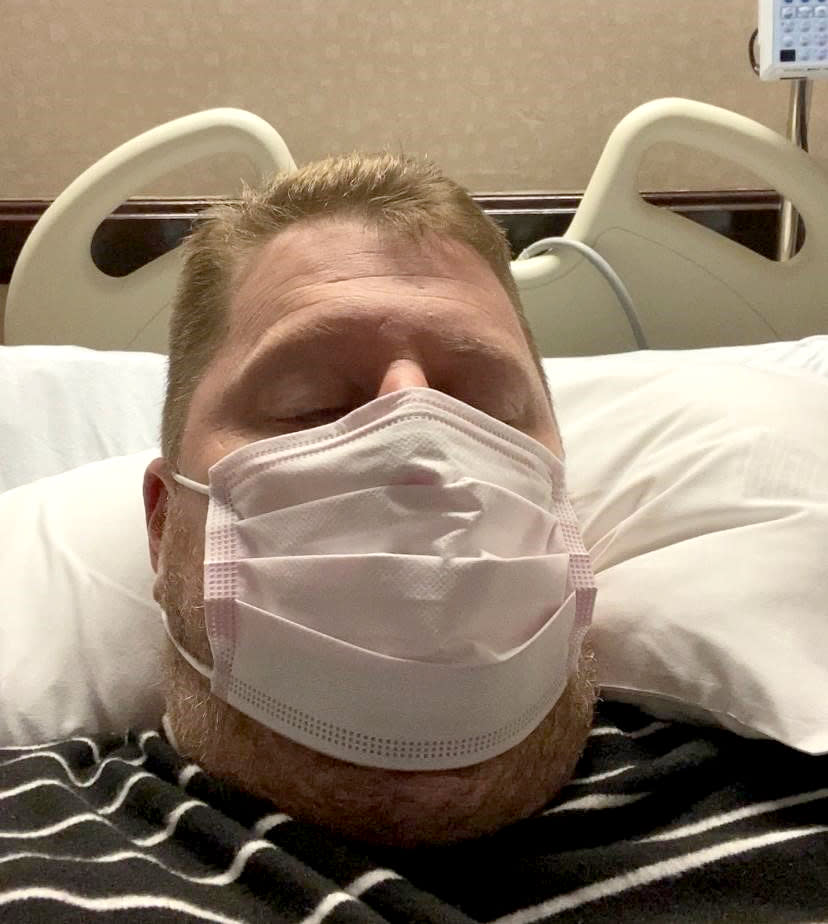
Green said that until the family gathering, he had gotten most of his information about the virus online, via a large network of friends from around the country whom he describes as “keyboard warriors,” “armchair doctors” and “conspiracy theorists.”
“The bubble I was in online made me think it didn’t add up,” he said. “To think that I went down that rabbit hole, it’s embarrassing.”
But distrust of the virus transcends the geographical, and professional divide; even people in the medical community have underestimated the virus and its impact. A Gallup/Knight Foundation poll of more than 20,000 adults published this week shows how deeply entrenched American distrust of the news media is. A majority of Americans currently see “a great deal” (49 percent) or “a fair amount” (37 percent) of political bias in news coverage, according to the study, and more Americans see bias in news reporting that claims to be objective, with three-quarters calling it “a major problem” (73 percent), compared to 65 percent three years ago.
This media distrust, combined with national leaders playing down the virus’ seriousness, is arguably resulting in more confusion among Americans, and more American deaths.
David Vega, 27, now in medical residency in Miami says he thought he was “invincible” before he caught the virus in March, when he was still a medical student. In his case it wasn't a question of believing the virus was real — he knew it was. But he also believed his youth and general health would protect him from the worst possible outcomes.
After all, that was the messaging everyone repeated: The most vulnerable were the elderly and the immune compromised. Not a robust 20-something. Yet even as stark warnings began to appear in and outside medical communities around the world, with news reports in late February on the closure of schools, universities and public events in Italy, Vega continued to socialize and attend parties — until he fell ill.
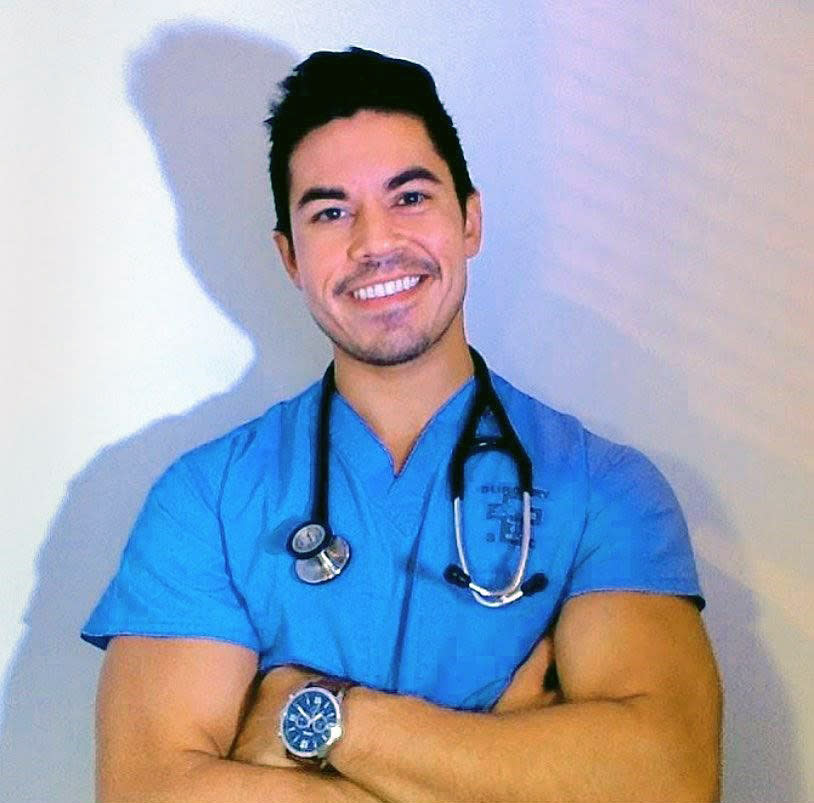
“It’s the sickest I’ve ever been,” he said, adding that he lost 10 pounds.
For people like Vega, admitting that they had underestimated the severity of the virus can be a humbling, uncomfortable and frequently embarrassing experience.
"My response to people thinking I might have known better: I'm still a person, I'm still a human being," said Vega, who now works on a COVID-19 ward. In March he wrote about both his pre-COVID bravado and the painful experience that followed for his medical school, the University of Indiana, to try to educate others who may still think the way he did.
Mata, the California-based trainer, is also trying to use his conversion from coronavirus skeptic to realist to change the hearts and minds of those who still underestimate the virus. He’s been speaking out on social media forums and says the responses to his story have been positive. People around the world have reached out to him to thank him for coming forward.
“The mindset that people have is that it’s not real until it gets close to home,” says Mata, who sees his experience as offering credibility to the virus’ virility. “Till it hits a family member, then it’s real.”
Not all skeptics turned evangelists have received such positive feedback.
Green, who hosted the family gathering, wrote an op-ed in July in the LGBTQ newspaper the Dallas Voice. Since then, he has received considerable backlash online. “I was called everything from ‘negligent’ to a ‘murderer.’ I was told I should commit suicide,” Green said. “There were some really hateful, nasty responses.” Indeed the comments to his piece are unprintable here.
In his own social circles, Green says conservatives he knows have been surprised about how passionate he’s now become about talking about the dangers of COVID-19, despite having heard his personal story. Some have questioned his motives, accusing him of aligning himself with liberals on the issue.
Still, for Green, it’s important to get the truth out about the virus, even if it comes at a personal cost: “I’m not about to lie about what I’ve been through.”

